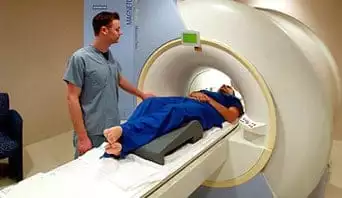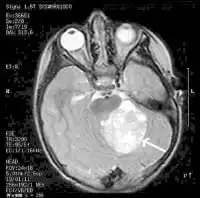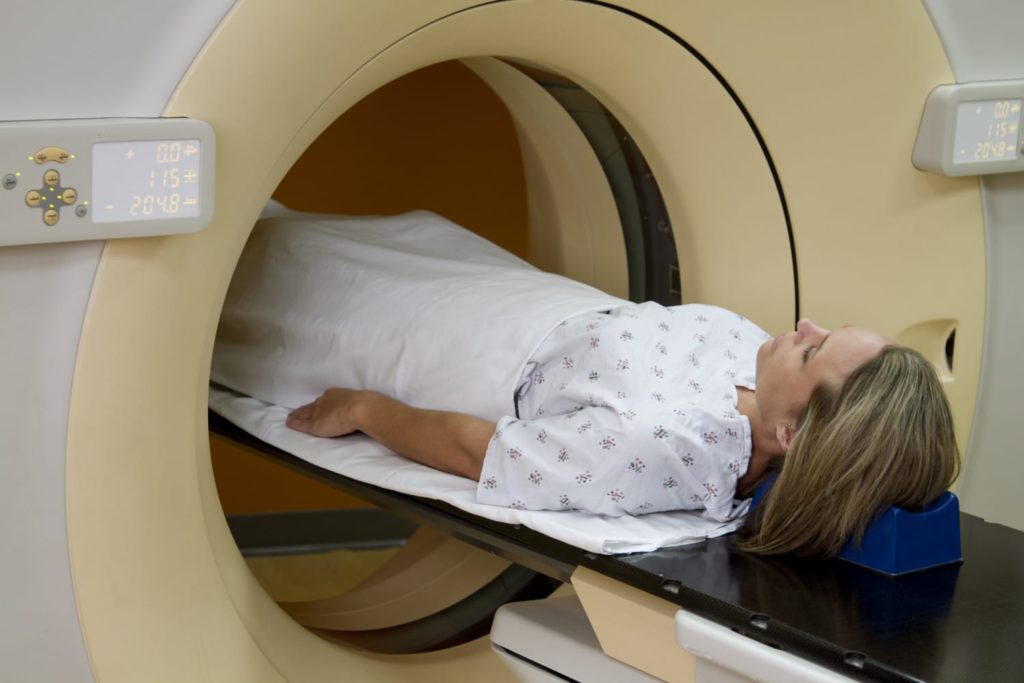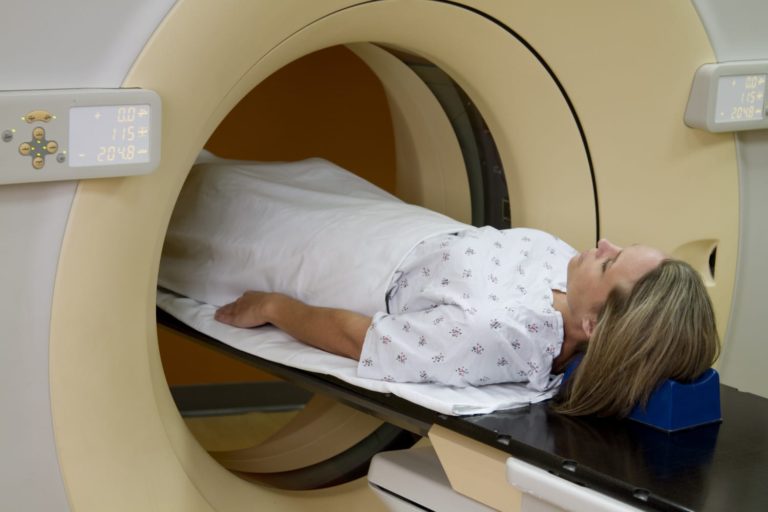When do you need brain imaging for your headache symptoms? Here are some key things you should know before talking to your doctor about ordering a brain scan.
by Benjamin Frishberg MD, Clinical Professor of Neuroscience (Voluntary), UCSD, The Neurology Center, Carlsbad CA
“I must have a brain tumor!”
Isn’t that the inevitable worry of many people who have frequent bad headaches? I often hear patients asking how they can have such severe headaches and not have something seriously wrong in their brains. There is also a general consensus among many people that if you have bad headaches, you need to have a brain imaging test done. In the past, a CT scan may have sufficed, but now that people are able to do more of their own research online, many want to have an MRI!
So, when do you actually need an MRI, CT scan or other brain imaging due to bad headaches? Learn when brain imaging can help diagnose severe headache issues and what kinds of information your doctor needs in order to determine what tests are necessary.

Primary vs. Secondary Headache: How do doctors evaluate headache symptoms?
As physicians, we understand that patients want answers, and the key to an accurate diagnosis is a full and accurate medical history. Being able to share as much relevant information about your symptoms as possible helps answer our questions so we can make an appropriate diagnosis and determine if any further testing is necessary.
To start, we separate headache disorders into primary and secondary headaches. Primary headaches refer to headache disorders that are not caused by another health condition. These include migraine, tension-type headache, and cluster headache. Secondary headaches, on the other hand, are often caused by an underlying disease or health issue, such as a brain tumor, aneurysm, sinusitis, meningitis, concussion or high pressure in the brain. They may also be caused by certain medications.
When we do an evaluation of your specific headache symptoms and medical history, we are looking for “red flags” — certain aspects of your medical history or examination results that suggest your headache may be a secondary headache. Some red flags may indicate a potentially serious issue (such as the first onset of a thunderclap headache), but many of these red flags simply indicate that further tests are needed to determine the cause of the headache.
We also look for headache features and symptoms that help us confirm a primary headache disorder, in which case brain imaging is usually not necessary. For more information, check out this short video on common headache red flags.
When is it considered medically necessary to have a brain imaging study?
Your doctor will determine whether brain imaging is needed to help diagnose your headache pain based on your specific symptoms and medical history. However, there are some general signs that often indicate imaging tests may be necessary.
Your doctor may order brain imaging tests if they find specific issues during a physical examination, including:
- Swelling of the optic nerve
- Abnormal reflexes
- Weakness on one side of the face or body
- Unsteady gait
- Double vision
- Vision loss
- Abnormalities of the pupils
- Confusion
Additionally, headache pain that arises in certain situations may be a red flag requiring imaging. These situations may include:
- A new headache in a person with cancer
- Headaches in people who are immunosuppressed
- Headaches that are becoming worse
- New headaches in people over age 50
- Headaches that do not get better with prescription medicine
- Persistent headaches after a head injury
- Headaches accompanied by persistent fever
Your doctor will often order brain imaging when a headache does not meet the criteria for migraine or has features they find worrisome. However, there are few clear-cut “rules,” so your primary care provider will make a decision based on all of the information available to them.
When is it not medically necessary to have a brain imaging study?
There are some common situations where doctors can determine the underlying cause of your headaches or eliminate the need for brain imaging. These include:
- People who meet the criteria for migraine, have no abnormal findings on examination and who have not had a significant change in their headache pattern do not need to have an imaging study. In 1994 the American Academy of Neurology issued this guidance as part of their imaging guidelines, and it has been since widely adopted as an evidence-based guideline. This was reaffirmed in the Choosing Wisely guidelines in 2013.
- People with mild intermittent headaches which are unchanged and have no red flags usually do not need to have brain imaging studies performed. These types of basic headaches are so common that 90% of the U.S. population reports having had a headache at some point.
- People that have already had an MRI that returned normal results do not need to have another one if migraine symptoms are stable and there are no new red flags.
Commonly, migraine-associated changes may be found on MRI results, including white spots or white matter hyperintensities, which appear as bright spots on certain images. These are considered benign findings that do not need to be followed up on with additional scans.
Do you need a brain imaging scan for your headache pain?
Because headache is such a common problem, people typically see their primary care providers first for evaluation and treatment. Your primary care provider can then provide guidance and the information you need to make decisions about your care, including whether you need to see a headache specialist. Primary care providers often refer patients to neurologists in more difficult or unusual cases.
Doctors may bow to patient pressure to obtain a brain scan, and many will practice defensive medicine and order a scan despite the guidelines above. If a scan is ordered to evaluate a headache disorder, doctors prefer MRI with contrast over a CT scan. This is because MRI with contrast is a more sensitive test than CT and does not involve any radiation. However, because MRI with contrast is so sensitive, it often results in abnormal findings unrelated to the headache that may lead to further testing.

The most common abnormalities are small spots in the brain, as mentioned above, that may be mistaken for multiple sclerosis. These spots are seen in up to 30% of all people with migraine, and they are usually an incidental finding with no clinical significance. There are many other common incidental findings that are not associated with migraine but may be a source of increased frustration when they appear on test results.
The Bottom Line: Migraine Does Not Require Brain Imaging
If you have migraine, you do not need to have a CT scan or MRI. While painful and debilitating, migraine is not caused by an underlying health condition, so you can rest assured that the likelihood of having a serious abnormality in the brain is probably not seriously different from your next-door neighbor who does not have migraine.
If, however, you are experiencing new headaches, headaches that are increasing in frequency and intensity, or have a major change in your headache pattern, you should make an appointment to discuss this with your healthcare provider.
The American Migraine Foundation is committed to improving the lives of those living with this debilitating disease. For more of the latest news and information on migraine, visit the AMF Resource Library. For help finding a healthcare provider, check out our Find a Doctor tool. Together, we are as relentless as migraine.









































































